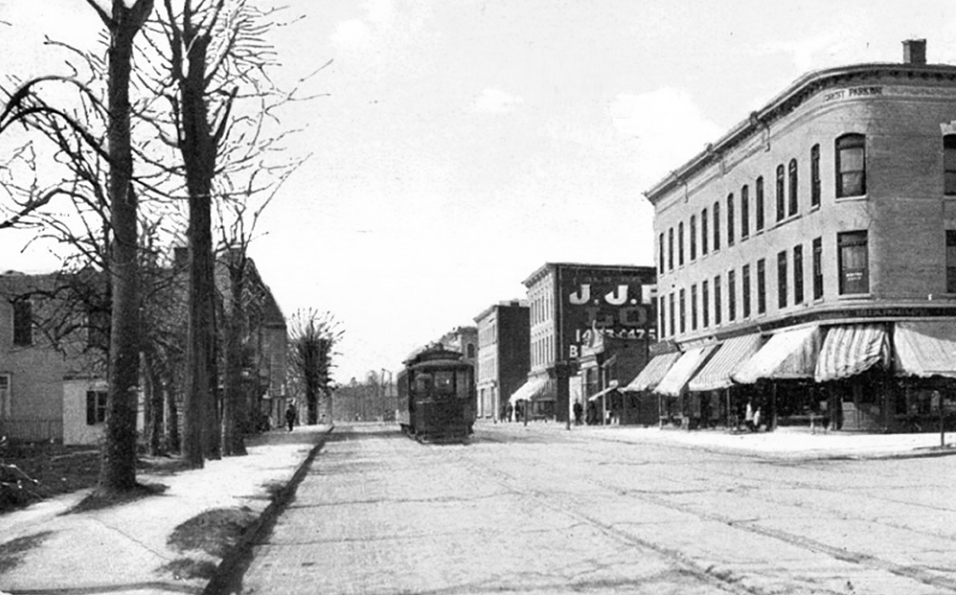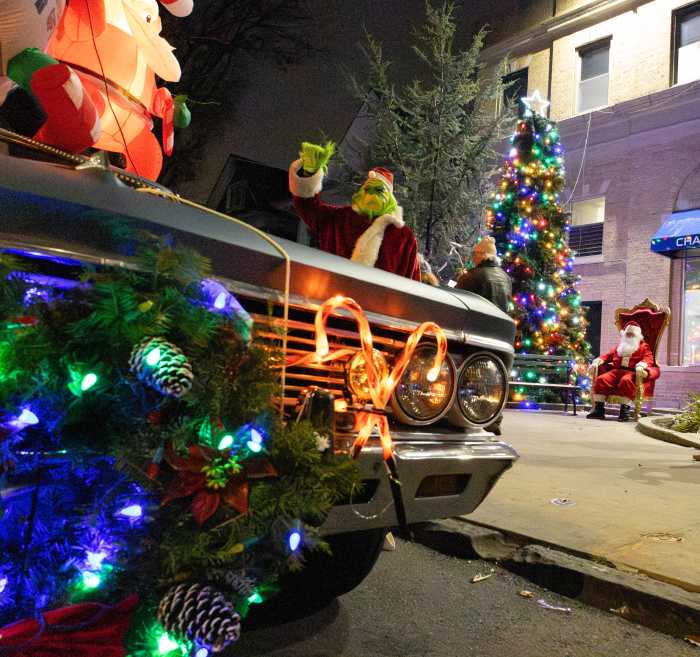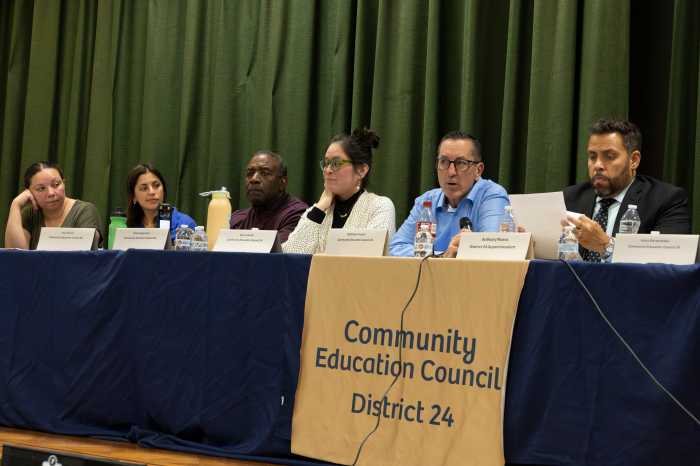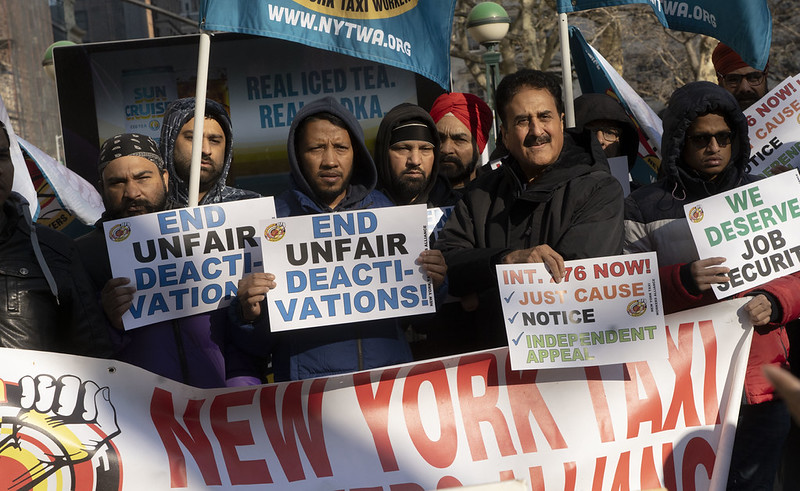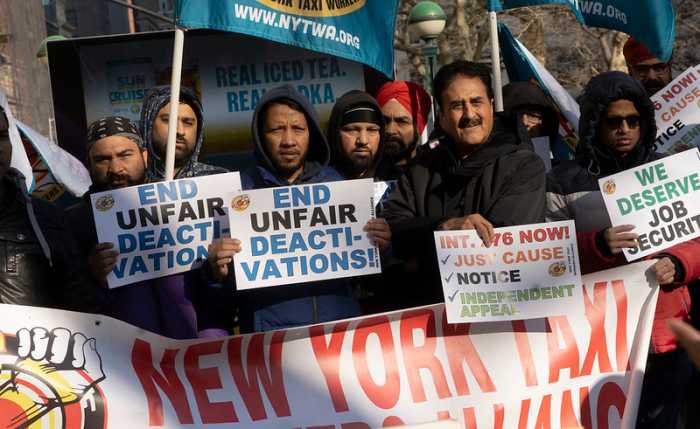As we move to a new calendar, it’s worth taking a moment to look at where we were 100 years ago and how far we’ve come since then. A detailed look at life in Woodhaven a century ago in 1917 is a regular part of the Woodhaven Cultural & Historical Society evening meetings, held at 7:45 p.m. on the first Tuesday of every month at the Avenue Diner (91-06 Jamaica Avenue).
For example, by 1917, residents of Woodhaven were just getting used to the idea that a new elevated train would soon be rolling down Jamaica Avenue. Previously, during the mid-1800s, a single-track, horse-drawn trolley began service on Jamaica Avenue between East New York and Woodhaven.
The cost of the ride was 10 cents and once you arrived in Woodhaven, if you wanted to continue further (to Richmond Hill) you paid an additional dime. As this was single-track service, the wait time could be quite long as you had to wait for the car to reach the end of the line, and for the driver to turn the car and the horse around and head back.
In 1887, an independent company bought the line, added a second track and began running trolley cars powered by steam engines. By the turn of the century, the line was adopted into the Brooklyn Rapid Transit system, which meant larger and more powerful, modern trolley cars and much improved service. However, as Woodhaven’s population began to explode, the trolley cars were ill-equipped to handle the expanding load and the BRT proposed building an elevated line along Jamaica Avenue, from the terminal in Cypress Hills through Woodhaven and Richmond Hill, straight into Jamaica.
Reaction to the proposal was swift and fiercely negative. Civic and business associations in Woodhaven were unanimous in their opposition to the proposal, suggesting instead that the money be spent to upgrade and improve the existing surface trolley service. Another proposal was to build the new line underground, running a subway along Jamaica Avenue instead.
Eventually the city won the day, promising the residents of Woodhaven that their plans were modern and safe and that the line would, in fact, be “noiseless.”
On Monday, May 28, the elevated train began service through Woodhaven without the benefit of a public ceremony. One hundred years’ worth of Woodhaven residents can testify to the fact that the elevated train along Jamaica Avenue has been anything but “noiseless.”
The Woodhaven of 1917 had two movie houses, the Manor (96th and Jamaica, demolished in 1924) and the Forest Park Theater (80th and Jamaica, renamed the Haven in the 1930s). A third theater, the Parkway Open Air Theater, made way for one of 1917’s other new arrivals to Woodhaven – the automobile garage.
In 1917, the residents of Woodhaven were getting used to a beautiful, brand-new school on Yarmouth Street. P.S. 97 had opened in the fall of 1916 and it had quickly doubled as a community center, serving as a meeting space for many of the various groups that were cropping up in the community. One hundred years later, P.S. 97 is still going strong on 85th Street.
And finally, 1917 saw the early stages of United States involvement in what was being referred to as The Great War. By August, Woodhaven boys who were eligible were called before the local draft board (housed at P.S. 97) and by September 1917, with great fanfare and a parade, the boys from Woodhaven left for Camp Upton on Long Island and eventually they were sent “over there” to fight. Around 70 of the young men from Woodhaven who served their country never came home.
Indeed, 1917 was a pivotal year for Woodhaven, in modes of transportation, education and finally as part of a larger effort in the First World War.
Over the next 12 months we will be reviewing closely the events of that year and how the effects of it last to this very day, a full century later.


